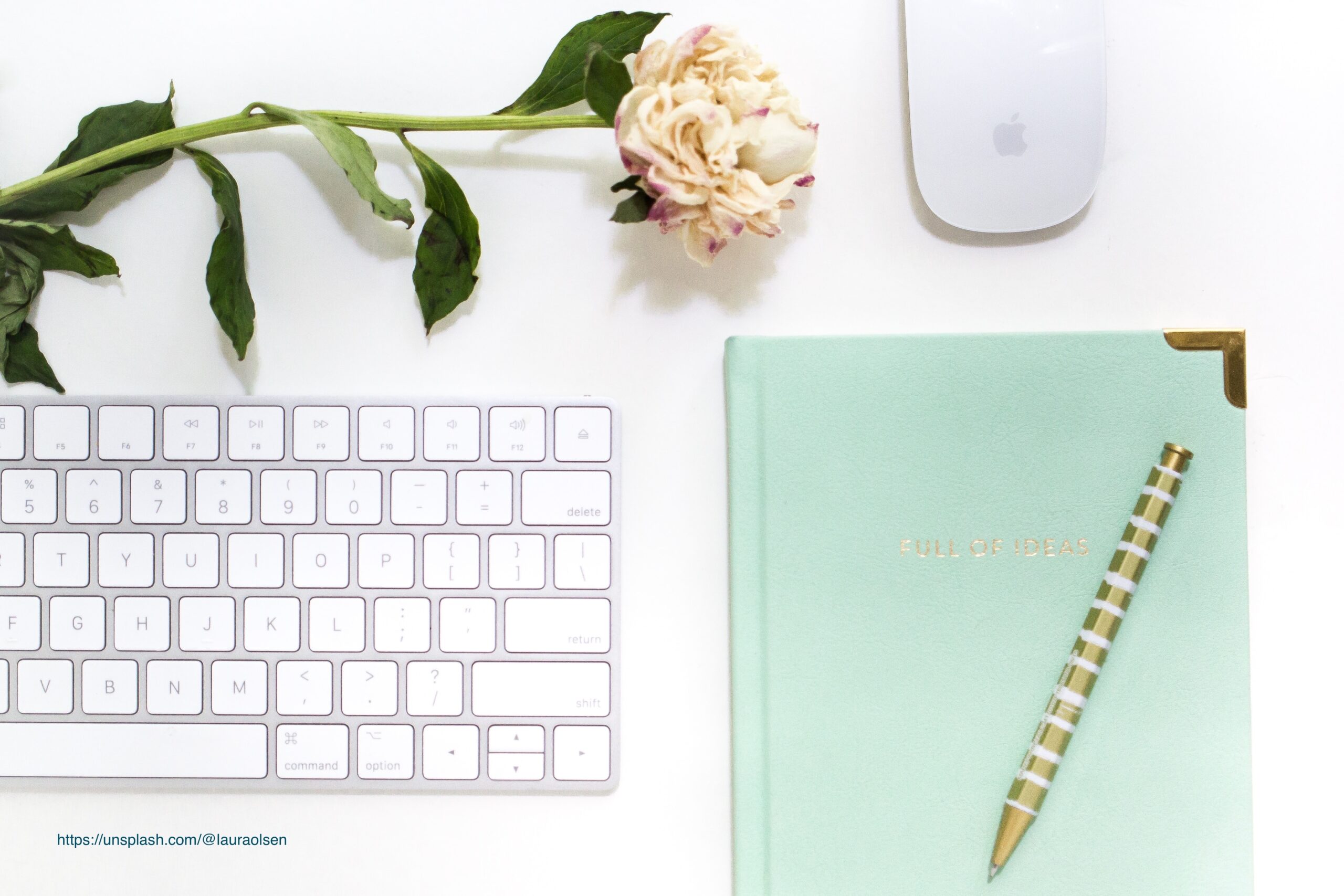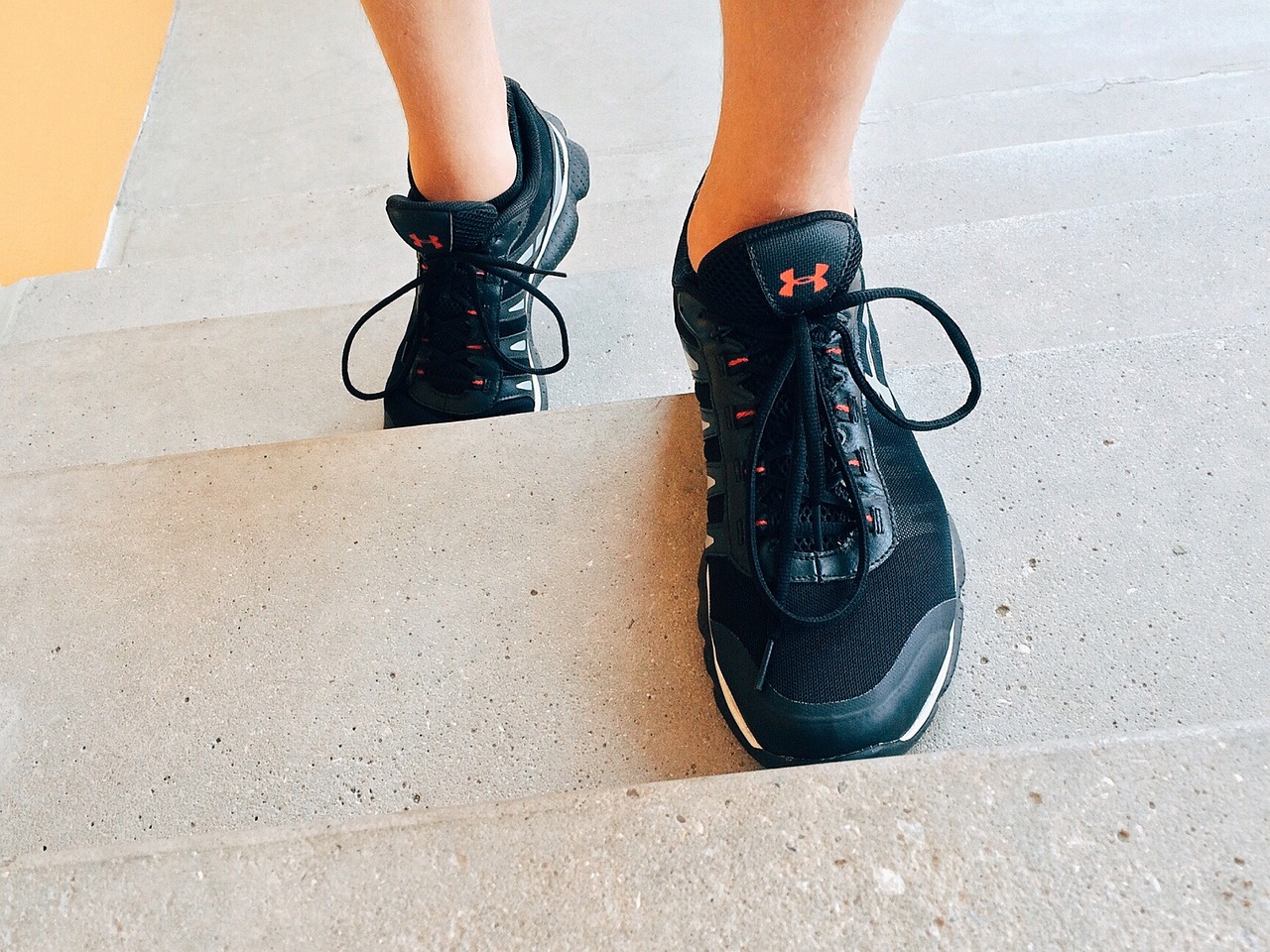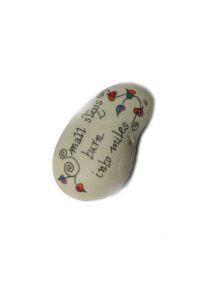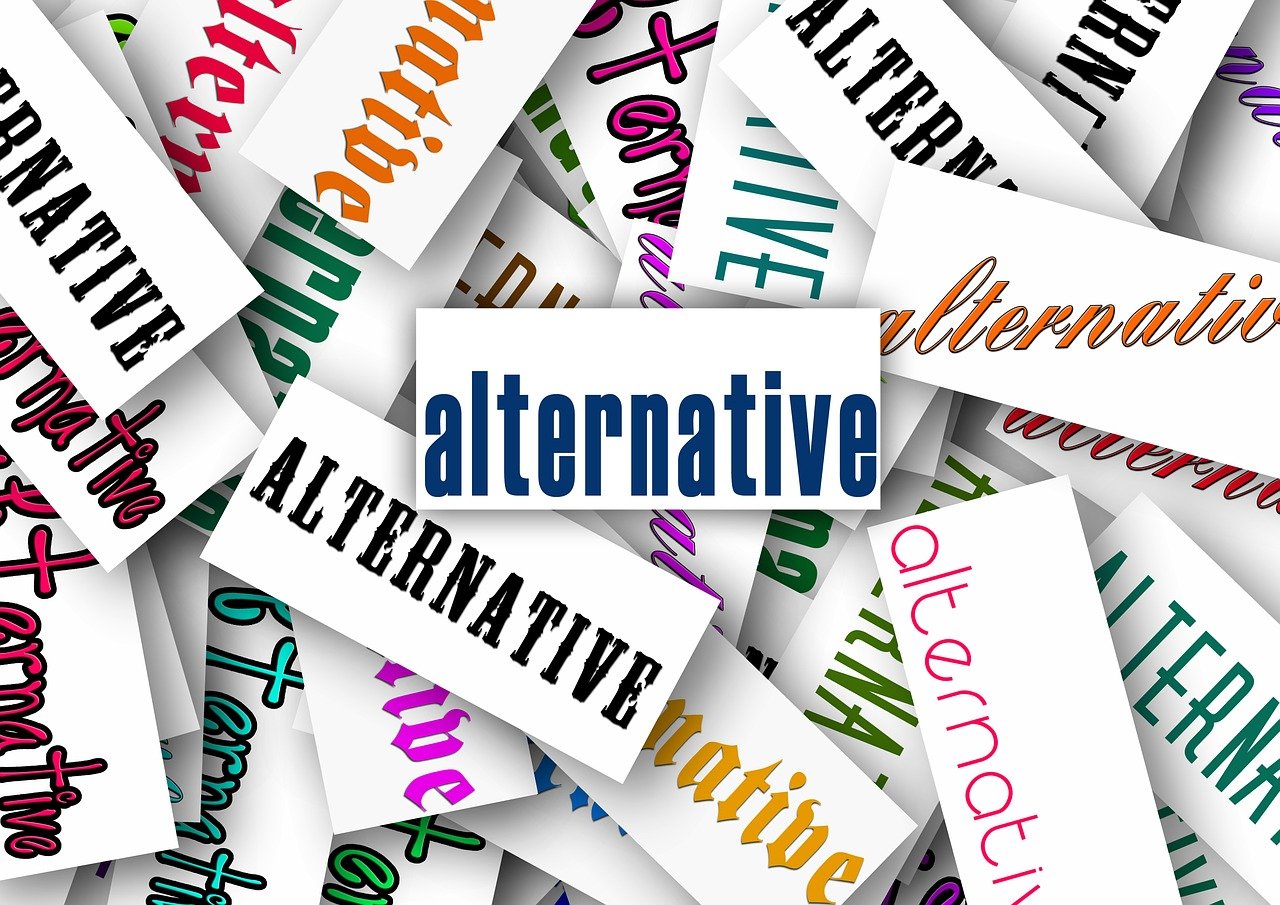 Setting up for a prosperous year can be an exciting task. You are at the beginning of another new year and planning is on the brain. Setting up New Year’s resolutions? Have a project you want to accomplish? Is there a particular goal that you are committed to? Or, like my mentoring clients, are you setting up a plan for your business for the coming year?
Setting up for a prosperous year can be an exciting task. You are at the beginning of another new year and planning is on the brain. Setting up New Year’s resolutions? Have a project you want to accomplish? Is there a particular goal that you are committed to? Or, like my mentoring clients, are you setting up a plan for your business for the coming year?
Ensuring yours is a prosperous year, takes time and a process. Here is a 4-step process from my Planning for Prosperity course that will help you accomplish your goals and projects.
1. Step Out – Of Your Comfort Zone
A prosperous year starts with a compelling vision. A compelling vision keeps you motivated when the going gets tough. It keeps the taste and benefits of success front and centre while you are working through the hard parts of a project or the ups and downs of reaching a goal. Ask yourself the following questions:
- Does your project take you out of your comfort zone?
- What would be the benefit to you of completing the project, task or goals for your year?
- What will you be able to do when your goal is accomplished?
2. Step Up – To What You have to Do and Whom You must Become
For a prosperous year to materialize, we have to be really clear what we have to do and when to do it. In this step, identify exactly when in the year the project or goal activity will take place. Clarify the months, weeks and portion of any day where the activity for this goal or project will take place. This helps you understand what is realistic and what is a “pie in the sky” dream.
Frequently, this is a big “Ah ha” moment for my clients. At this point they realize their income goal is realistic when they can only work billable hours during 42 weeks of the year.
Ask yourself the following questions:
- Where in your calendar will this happen.
- How much of each day will I have to earn income, go to the gym or work on my book?
- How many days a year?
- How many weeks a year?
- How many clients are required to earn the income in your goal?
3. Step In – To Identify the Work to be Done
This step identifies the real clarity of work to be done for your prosperous year. Regardless of your goal or project, what are the milestone accomplishments that you will target? I am a strong advocate for the 12 Week Year by Brian F. Moran and Michael Lemmington. Breaking the goals or project into check in points helps you to see your progress. It also reminds us that each goals or project is best accomplished when broken into steps.
If working on an annual goal, break the year into four, 12 week or 84 day sprints with a 13th week to evaluate your progress and set the next 12 week goals. To help with Step 3, ask yourself these questions:
- How will I know when the goal or project is accomplished and when?
- What does one quarter look like?
- What does one half look like?
- What does three quarters look like?
- What metrics will I use to track my progress?
4. Step Through – The Challenges that Hamper Success
A prosperous year is not without its challenges. It’s not a question of IF procrastination, perfectionism, and fear will show up but WHEN. Life will show up and through unpredictable barriers in our way. Having a toolbox of tips and tricks that you KNOW will work for you, will strengthen you ability to accomplish your goals and see your project through to completion.
Ask yourself these questions to help you Step Through life’s challenges:
- What works for me when fear of failure shows up?
- Is my vision or image of success compelling enough to keep me motivated?
- How will I handle criticism from people who don’t share my goals, ambitions, dreams or even understand how important my project is?
- Is perfectionism standing in my way of success?
- Can I actually get this goal or project done? Are the pieces or steps small enough?
How you define your prosperous year is up to you. These four steps will help you get and stay motivated, get clarity on the work to be done, what needs to be done and who you have to become to do it. Finally, give yourself some tips and tricks and strategies for when those curve balls get thrown our way.








